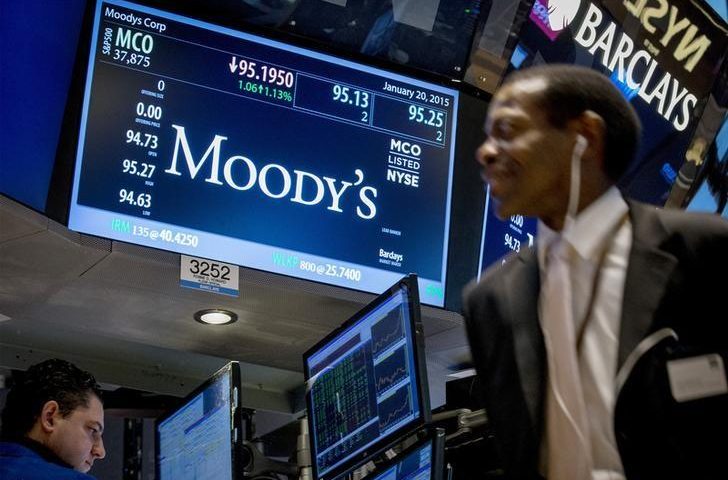Among the S&P 500’s biggest fallers on Friday September 27 was Moody’s Corporation (MCO). The stock experienced a 3.42% decline to $205.88 with 1.69 million shares changing hands.
Moody’s Corporation started at an opening price of 215.44 and hit a high of $215.74 and a low of $203.21. Ultimately, the stock took a hit and finished the day at $7.3 per share. Moody’s Corporation trades an average of n/a shares a day out of a total 189.2 million shares outstanding. The current moving averages are a 50-day SMA of $n/a and a 200-day SMA of $n/a. Moody’s Corporation hit a high of $222.85 and a low of $129.26 over the last year.
Moody’s is the world’s second- largest provider of credit ratings, trailing only S&P Global. The company provides ratings on more than a third of the total bond ratings in existence. Within ratings, roughly half of its revenue is derived from corporate issuers, while the rest of its corporate ratings are split among financial institutions, structured products, and public institutions. Moody’s Analytics (13.5% of operating income) provides ancillary software and data solutions to issuers and investors. In 2017, the company bought Bureau van Dijk, a provider of private company data, for $3.5 billion to bolster its efforts in analytics.
With its headquarters located in New York, NY, Moody’s Corporation employs 13,222 people. After today’s trading, the company’s market cap has fallen to $38.95 billion, a P/S of n/a, a P/B of 110.69, and a P/FCF of n/a.
For all the attention paid to the Dow Jones Industrial Average (DJIA), it’s the S&P 500 that’s relied on by insiders and institutional investors. It represents the industry standard for American large-cap indices.
The Dow is made up of just 30 stocks to the S&P 500’s 500, and it uses an unreliable and outdated price-weighting system where the S&P 500 relies on market cap in weighting its returns. This is why its long-term returns is a much more reliable gauge for the performance of large- and mega-cap stocks over time.

